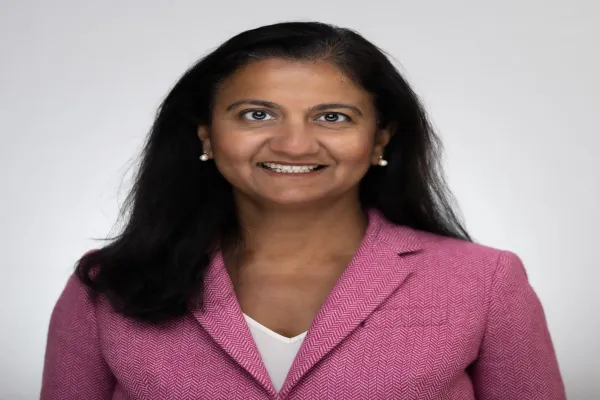Company pension funds are likely to ramp up their de-risking efforts in 2018, following a year of double-digit returns and large cash injections.
In its sixteenth annual review of the sector, Goldman Sachs Asset Management suggested that corporate pensions would increase their fixed income allocations and unload portions of their liabilities to insurers in order to lock in funded status improvements made in 2017. Last year, the 50 largest defined benefit plans of Standard & Poor 500 companies achieved a funded ratio of 85 percent on average, the highest level since 2013.
The year-on-year increase in the aggregate funded level, driven in part by cash injections spurred by expiring tax benefits, represented the first such improvement since 2013.
“We think we're at an important inflection point,” said Mike Moran, chief pension strategist at GSAM. “With funding levels moving higher, the question then becomes what do plans do with asset allocation in response.”
According to GSAM, corporate pensions are currently underinvested in fixed income, given their collective funded status. The asset allocation glide path adopted by many of these defined benefit plans stipulates a gradual shift from risk assets like equities into liability-matching fixed-income assets as pensions improve their funding.
But GSAM reported that asset allocation changes have so far lagged funding improvements. Of those pensions which increased their funded levels by at least 5 percent, less than a third made a proportional increase in their fixed income allocation.
Moran said this lag could be the result of a number of factors, noting that some investors may be hesitant to buy bonds when interest rates are expected to go up, while others may simply need to rebalance their portfolios after strong equity gains in 2017.
[II Deep Dive: Companies Race to Fund Pensions Before Insurance Premiums Rise]
Still, the report highlighted a number of companies which announced “notable” increases in their pension plan's fixed-income targets going into 2018, including Caterpillar, ExxonMobil, IBM, International Paper, United Technologies, Merck, and Pespsico.
For other corporate pensions, however, piling into fixed income may not be the best option just yet. Brian McDonnell, global head of pensions at consulting firm Cambridge Associates, said that some of the less funded pensions are not in a position to sacrifice returns for the sake of de-risking.
Although interest rates are rising, fixed-income yields are still too low to get these plans the investment returns needed to close the funding gap. For these clients, McDonnell said his firm recommends lowering exposure to equity beta in favor of high-alpha strategies or alternative investments that are less correlated to equity markets.
“We've been working with plans to reduce equity exposure without sacrificing return potential,” he said. “That means using diversifying strategies or alpha strategies instead of pure beta, but also finding ways to make their fixed income allocation work better for them.”
Among better funded pensions, however, there has been an uptick in fixed-income allocations. Corporate specialist NISA Investment Advisors had one of its best years ever for asset inflows in 2017, according to president and head of investment strategies David Eichhorn.
“Clients who have glide paths have stuck to them,” he told Institutional Investor. “We've seen clients actively de-risk by selling equities and buying fixed income.”
Although it’s too early to tell whether 2018 will represent another improvement in funding levels for pension plans, further cash contributions by companies still eligible for tax deductions and rising interest rates are positive indicators. As of March, GSAM said funding levels of the largest S&P 500 company pensions had ticked up to 86 percent despite volatile equity markets.
Either way, Eichhorn said it was unlikely that corporate pensions would shift their current asset allocations away from fixed income.
“What we've seen is plans don't re-risk systematically,” he said. “Even if we have rough equity markets, if that were to continue, we wouldn't expect to see the flow of funds go the other way.”







